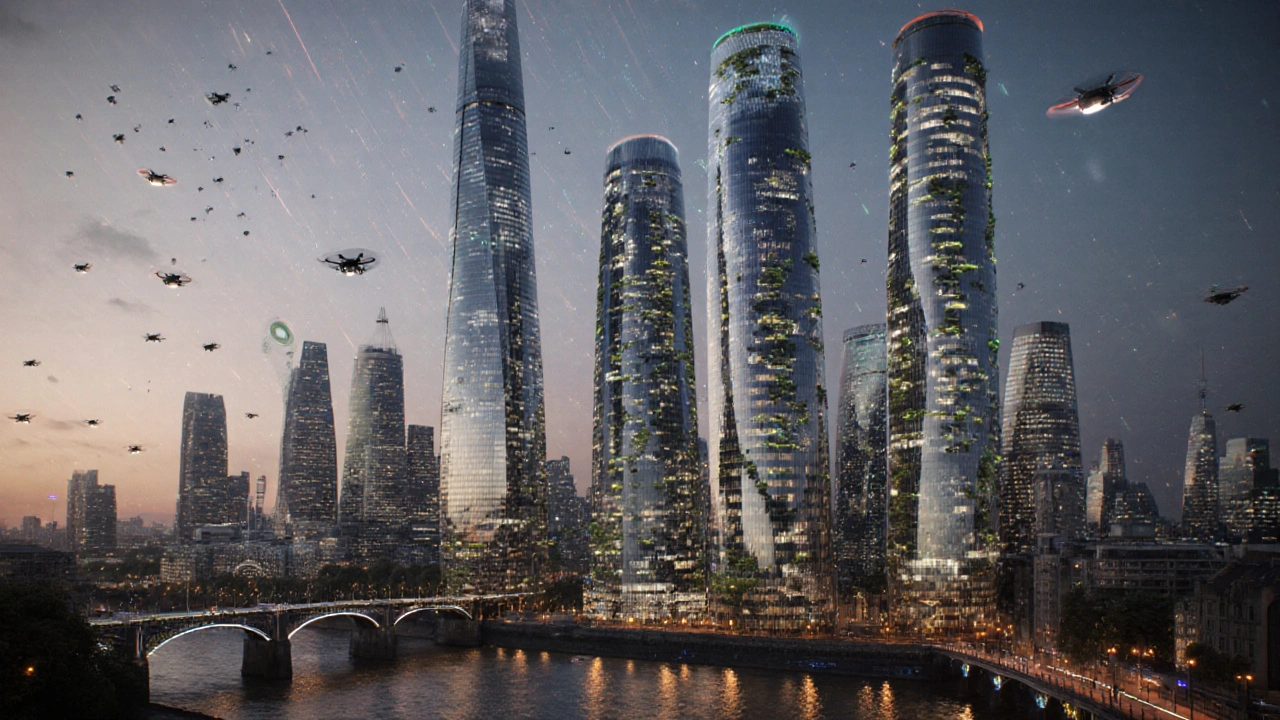Green Building Technology: Practical Ways to Build Greener
Want a building that saves energy, feels comfortable, and costs less to run? Green building technology gives you tools to do just that. It’s not science fiction – it’s a set of real, affordable solutions you can start using today.
Core tech you should know
First, think about power. Solar panels on the roof turn sunlight into electricity, and modern panels work even on cloudy days. Pair them with battery storage and the building can keep running when the grid goes down.
Next, look at heating, ventilation, and air‑conditioning (HVAC). Smart thermostats learn when people are in the space and adjust temperature automatically. Sensors track humidity and CO₂, letting the system bring in fresh air only when needed. The result is a comfortable indoor climate without wasting energy.
Lighting has also gone high‑tech. LED fixtures use a fraction of the power of old bulbs, and daylight sensors dim the lights when enough natural light is available. Some systems even connect to mobile apps, so occupants can control brightness from their phones.
Design tools that keep projects on track
Before the first brick is laid, building information modeling (BIM) helps planners see where energy will be used. The software highlights areas with heat loss, suggests better insulation, and even predicts how much solar power the roof can generate. Designers can run multiple “what‑if” scenarios quickly, choosing the most efficient layout.
Materials matter, too. Recycled steel, low‑embodied‑carbon concrete, and sustainably harvested wood cut the carbon footprint of the structure. Green roofs add insulation, reduce storm‑water runoff, and create pleasant outdoor space for occupants.
Finally, monitoring keeps everything honest. Energy dashboards show real‑time consumption, flagging spikes before they become big bills. Facility managers can set alerts for equipment that runs inefficiently, fixing problems before they waste money.
All these technologies work best together, creating a feedback loop where data drives better performance. For example, a smart HVAC system can use solar production data to pre‑cool a building when the sun is strongest, storing cool air for later use.
Governments are catching on as well. Recent discussions about future federal architecture in Australia show how net‑zero goals push public buildings toward these solutions. The same ideas apply to schools, offices, and homes.
Getting started is easier than you think. Begin with a simple energy audit to spot the biggest waste areas. Upgrade lighting to LEDs, add a smart thermostat, and install a few solar panels if roof space allows. As you see savings, reinvest in more advanced tech like building automation or a green roof.
Remember, green building technology isn’t about a single gadget – it’s a mindset of using the right tools to create healthier, cheaper, and more resilient spaces. Try one change today and watch the benefits stack up.

High-Tech Architecture: Shaping the Future of Sustainable Design
Explore how high‑tech architecture combines smart materials, IoT, and 3D printing to create ultra‑sustainable buildings and meet future climate goals.
Read more